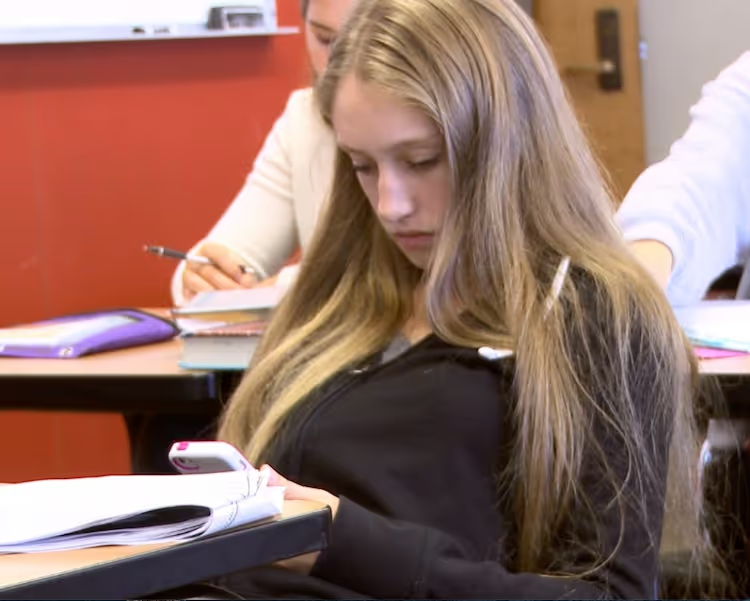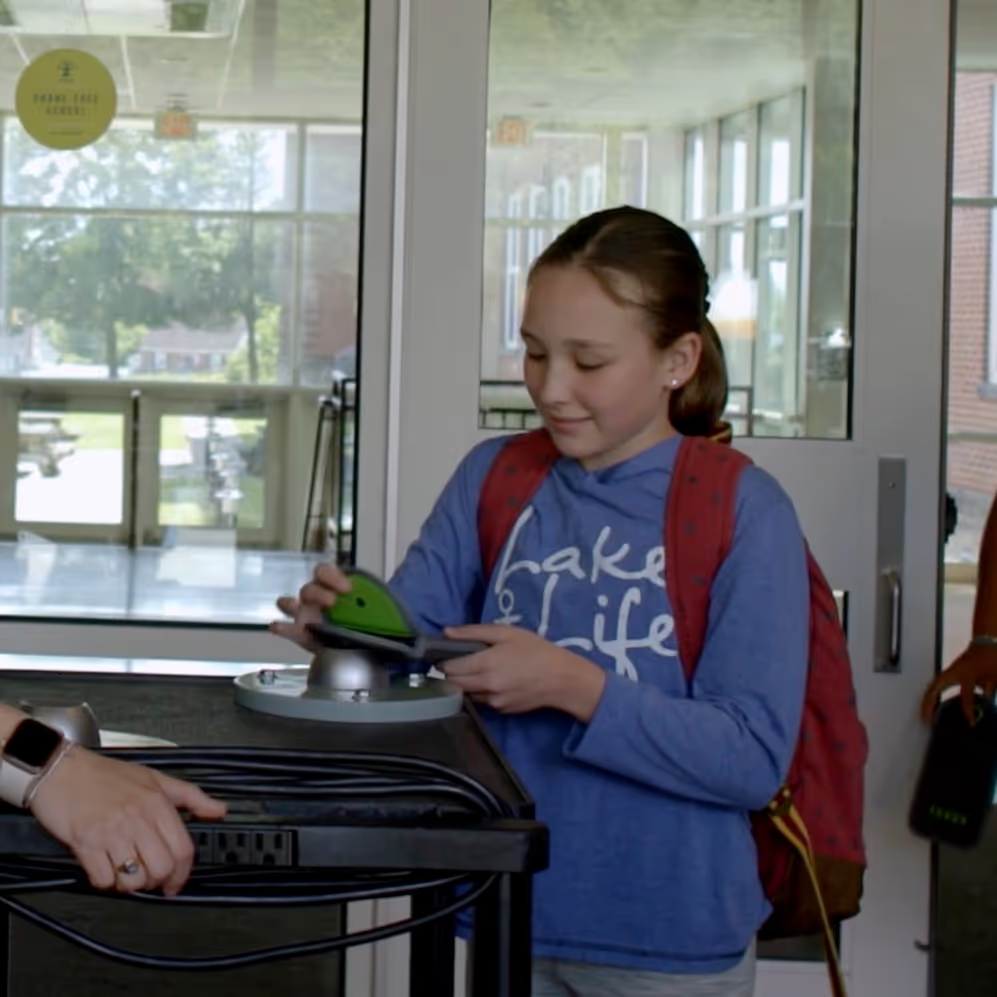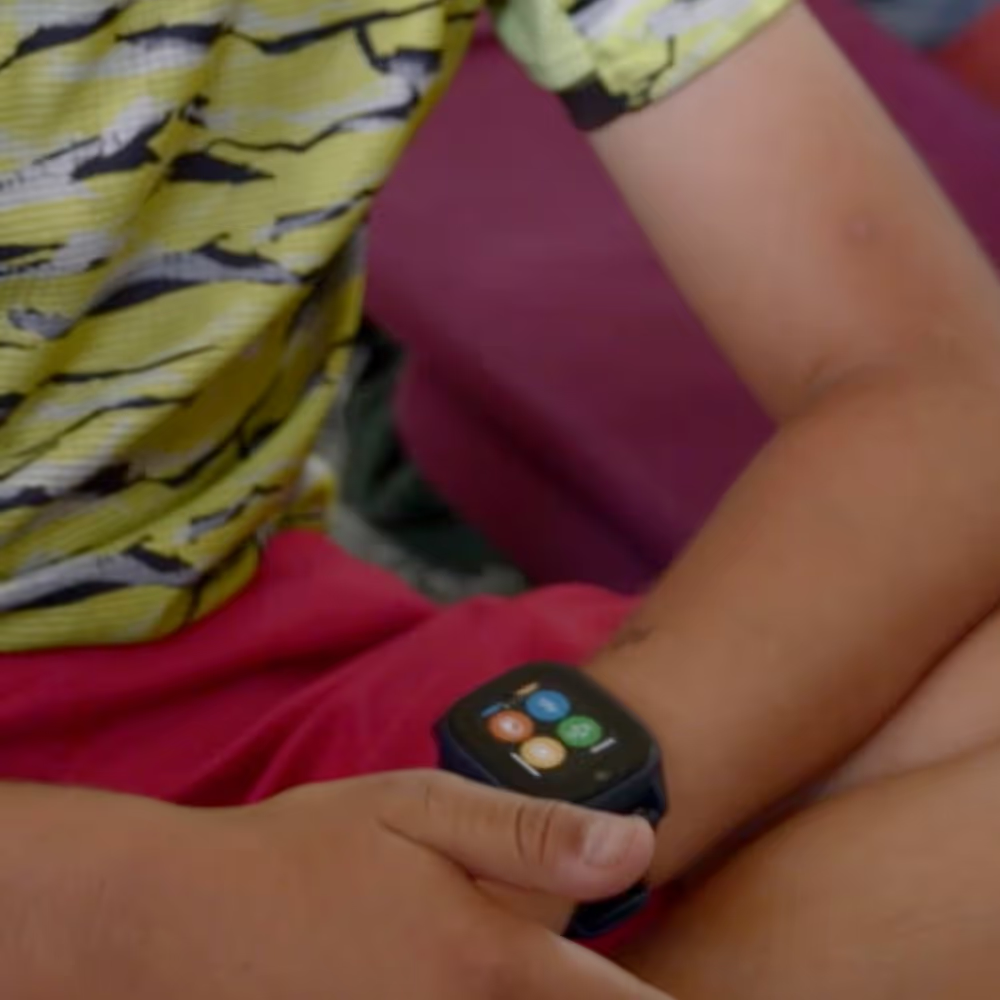


The good news is that people are making positive changes! It has been four years now since my team and I launched The Away For The Day (AFTD) campaign to help people get sound cell phone policies into schools.
The research is clear that when phone use is limited at schools, students do better socially, academically, and emotionally. Given the enormous increases in screen time and social isolation over the past two years, as well as the jump in mental health problems, ensuring healthy phone policies is more important than ever.
Today, I am sharing some wonderful examples of how the AFTD Campaign has led to real changes in schools across the country.
Most importantly, this is an invitation to consider rallying friends, PTAs, fellow teachers and counselors, and others to go to their school and advocate for changes. Or go by yourself and advocate for change! And If you are a principal or another administrative lead, now is the time to get moving. We have lots of resources on our website, but this link brings you to our “toolkit.”
The website provides examples of policies, responses to pushback and myths, research to show why this campaign is evidence-based, posters, videos, and much more. If you are interested in reading more blogs about Away For The Day on our Screenagers Movie site, you can find them here.
Learn more about showing our movies in your school or community!
Join Screenagers filmmaker Delaney Ruston MD for our latest Podcast

Learn more about our Screen-Free Sleep campaign at the website!
Our movie made for parents and educators of younger kids
Learn more about showing our movies in your school or community!
In 2020, Oak Park and River Forest High School in Illinois created a committee intended to help the school transition to an AFTD policy.
Dan Wolman, a history teacher, explained how the committee surveyed parents, teachers, and students, and he shared some alarming results from the student survey. He said, “What the kids told us they were using their phones for often violated our codes of conduct — things like sharing homework or taking videos in the locker room. It showed their thoughts on what is acceptable if they were willing to share this in the survey. They don’t always even know what is acceptable.” The results of the survey showed how necessary the new policy really was.
West Middle School in Michigan adopted an AFTD policy in 2019 and filled the hallways with posters from our Away For The Day webpage. The school’s principal, Mrs. Kulczycki, talked about the impacts of the new policy, stating, “I think that our students seem happier, they seem more focused on interacting with people who are in front of them, they seem less pressured about what’s being said about them or about social media stuff.” We’ve heard similar reactions from educators all over.
Learn more about showing our movies in your school or community!
Join Screenagers filmmaker Delaney Ruston MD for our latest Podcast

Learn more about our Screen-Free Sleep campaign at the website!
Our movie made for parents and educators of younger kids
Join Screenagers filmmaker Delaney Ruston MD for our latest Podcast
We talked to William Dorritie, a district superintendent in New York, about how phone presence can impact campus environments in his district. He told us, “I can say without a doubt that the vast majority of student conflicts we deal with on a day-to-day basis originate from social media. Students are constantly trying to check their phones for the latest social media posts, many of which cause stress and anxiety during the school day.”
Dorritie admitted that before instating an AFTD policy across his schools, he was actually resistant to the idea. He figured that phones were too ubiquitous to try to limit and that students should learn how to manage them properly. However, it became clear that the conflicts and tension smartphones were creating on campus were not worth the trouble, and he began to advocate for an AFTD policy. He explained to us, “While I still believe in the proper use of technology to advance teaching and learning, I think that instituting a 1-to-1 device program where the district has control over the network is a far more effective tool than allowing students to use their cell phones during the school day.”
Make sure you discuss this topic with your kids or students and share the website with them.
As we’re about to celebrate 10 years of Screenagers, we want to hear what’s been most helpful and what you’d like to see next.
Please click here to share your thoughts with us in our community survey. It only takes 5–10 minutes, and everyone who completes it will be entered to win one of five $50 Amazon vouchers.
The good news is that people are making positive changes! It has been four years now since my team and I launched The Away For The Day (AFTD) campaign to help people get sound cell phone policies into schools.
The research is clear that when phone use is limited at schools, students do better socially, academically, and emotionally. Given the enormous increases in screen time and social isolation over the past two years, as well as the jump in mental health problems, ensuring healthy phone policies is more important than ever.
Today, I am sharing some wonderful examples of how the AFTD Campaign has led to real changes in schools across the country.
Most importantly, this is an invitation to consider rallying friends, PTAs, fellow teachers and counselors, and others to go to their school and advocate for changes. Or go by yourself and advocate for change! And If you are a principal or another administrative lead, now is the time to get moving. We have lots of resources on our website, but this link brings you to our “toolkit.”
The website provides examples of policies, responses to pushback and myths, research to show why this campaign is evidence-based, posters, videos, and much more. If you are interested in reading more blogs about Away For The Day on our Screenagers Movie site, you can find them here.
In 2020, Oak Park and River Forest High School in Illinois created a committee intended to help the school transition to an AFTD policy.
Dan Wolman, a history teacher, explained how the committee surveyed parents, teachers, and students, and he shared some alarming results from the student survey. He said, “What the kids told us they were using their phones for often violated our codes of conduct — things like sharing homework or taking videos in the locker room. It showed their thoughts on what is acceptable if they were willing to share this in the survey. They don’t always even know what is acceptable.” The results of the survey showed how necessary the new policy really was.
West Middle School in Michigan adopted an AFTD policy in 2019 and filled the hallways with posters from our Away For The Day webpage. The school’s principal, Mrs. Kulczycki, talked about the impacts of the new policy, stating, “I think that our students seem happier, they seem more focused on interacting with people who are in front of them, they seem less pressured about what’s being said about them or about social media stuff.” We’ve heard similar reactions from educators all over.
We talked to William Dorritie, a district superintendent in New York, about how phone presence can impact campus environments in his district. He told us, “I can say without a doubt that the vast majority of student conflicts we deal with on a day-to-day basis originate from social media. Students are constantly trying to check their phones for the latest social media posts, many of which cause stress and anxiety during the school day.”
Dorritie admitted that before instating an AFTD policy across his schools, he was actually resistant to the idea. He figured that phones were too ubiquitous to try to limit and that students should learn how to manage them properly. However, it became clear that the conflicts and tension smartphones were creating on campus were not worth the trouble, and he began to advocate for an AFTD policy. He explained to us, “While I still believe in the proper use of technology to advance teaching and learning, I think that instituting a 1-to-1 device program where the district has control over the network is a far more effective tool than allowing students to use their cell phones during the school day.”
Make sure you discuss this topic with your kids or students and share the website with them.
Sign up here to receive the weekly Tech Talk Tuesdays newsletter from Screenagers filmmaker Delaney Ruston MD.
We respect your privacy.
The good news is that people are making positive changes! It has been four years now since my team and I launched The Away For The Day (AFTD) campaign to help people get sound cell phone policies into schools.
The research is clear that when phone use is limited at schools, students do better socially, academically, and emotionally. Given the enormous increases in screen time and social isolation over the past two years, as well as the jump in mental health problems, ensuring healthy phone policies is more important than ever.
Today, I am sharing some wonderful examples of how the AFTD Campaign has led to real changes in schools across the country.
Most importantly, this is an invitation to consider rallying friends, PTAs, fellow teachers and counselors, and others to go to their school and advocate for changes. Or go by yourself and advocate for change! And If you are a principal or another administrative lead, now is the time to get moving. We have lots of resources on our website, but this link brings you to our “toolkit.”
The website provides examples of policies, responses to pushback and myths, research to show why this campaign is evidence-based, posters, videos, and much more. If you are interested in reading more blogs about Away For The Day on our Screenagers Movie site, you can find them here.

This year, millions of students are experiencing a major shift: school days without phones, smartwatches, or other personal devices. Today we explore the wins, hurdles, and solutions helping schools succeed. We also share our resources that you can use to support technology policy changes in your schools.
READ MORE >
I recently sat down with middle school principal Zach at his school in Washington State. We talked about the challenges Zach and his team faced in his early years as principal when students used phones during school, and how he brought about a powerful transformation by having phones and smartwatches put away in locked pouches for the whole school day. In today’s blog, to raise awareness of the challenges, I share five real examples from Zach of the troubling ways students use phones at school to be unkind.
READ MORE >
It is with great pleasure that I share with you today a piece that Lisa Tabb and I did for Jonathan Haidt's (Author of The Anxious Generation) and researcher Zack Rausch's Substack blog — After Babel. In it, we discuss the rise in use of smartwatches in elementary schools and the problems they pose. There is a real cost to arming (pun intended) our kids with these devices and sending them to school. Now is the time to stop and fully address this topic and ensure that schools become smartwatch and phone-free.
READ MORE >for more like this, DR. DELANEY RUSTON'S NEW BOOK, PARENTING IN THE SCREEN AGE, IS THE DEFINITIVE GUIDE FOR TODAY’S PARENTS. WITH INSIGHTS ON SCREEN TIME FROM RESEARCHERS, INPUT FROM KIDS & TEENS, THIS BOOK IS PACKED WITH SOLUTIONS FOR HOW TO START AND SUSTAIN PRODUCTIVE FAMILY TALKS ABOUT TECHNOLOGY AND IT’S IMPACT ON OUR MENTAL WELLBEING.
